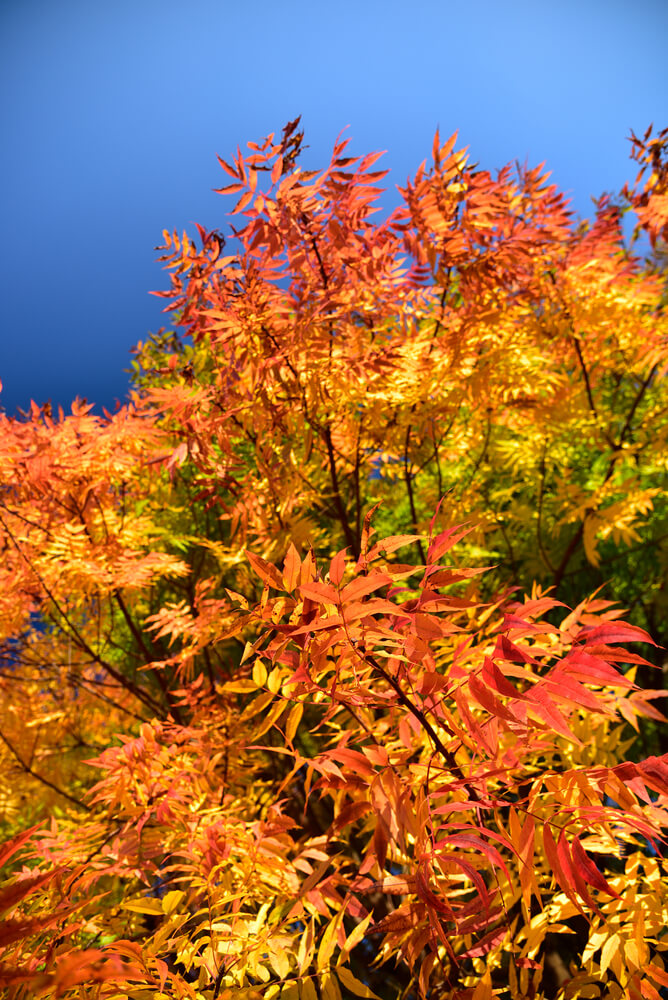Description
The genus Pistacia consists of several species of small trees and shrubs that are native to Asia, the Mediterranean, and North America. These plants are known for their ornamental value, as well as for their edible nuts, which are commonly used in cooking. Here are some horticultural notes on the genus Pistacia:
Climate and soil requirements: Pistacia plants prefer a warm, Mediterranean climate with well-draining soil. They can tolerate a wide range of soil types, including sandy, rocky, or alkaline soils.
Light requirements: Pistacia plants prefer full sun to partial shade.
Watering: Pistacia plants require moderate watering, particularly during the growing season. However, they are also drought-tolerant and can survive periods of drought.
Fertilization: Pistacia plants benefit from regular fertilization during the growing season, with a balanced fertilizer that is high in nitrogen.
Pruning: Pistacia plants require minimal pruning, but dead or damaged branches should be removed as soon as possible. Pruning should be done in late winter or early spring, before new growth appears.
Propagation: Pistacia plants can be propagated by seed or by rooting stem cuttings. Propagation by seed is the most common method.
Pests and diseases: Pistacia plants are relatively pest and disease resistant but may occasionally be affected by fungal diseases or insect pests such as scale or mites. Regular inspection and treatment can help prevent and control these issues.
Uses: Pistacia plants are primarily cultivated for their ornamental value, particularly for their attractive foliage and edible nuts. They are often used in landscaping as specimen plants, hedges, or borders. Additionally, some Pistacia species are used in traditional medicine to treat a variety of ailments.


